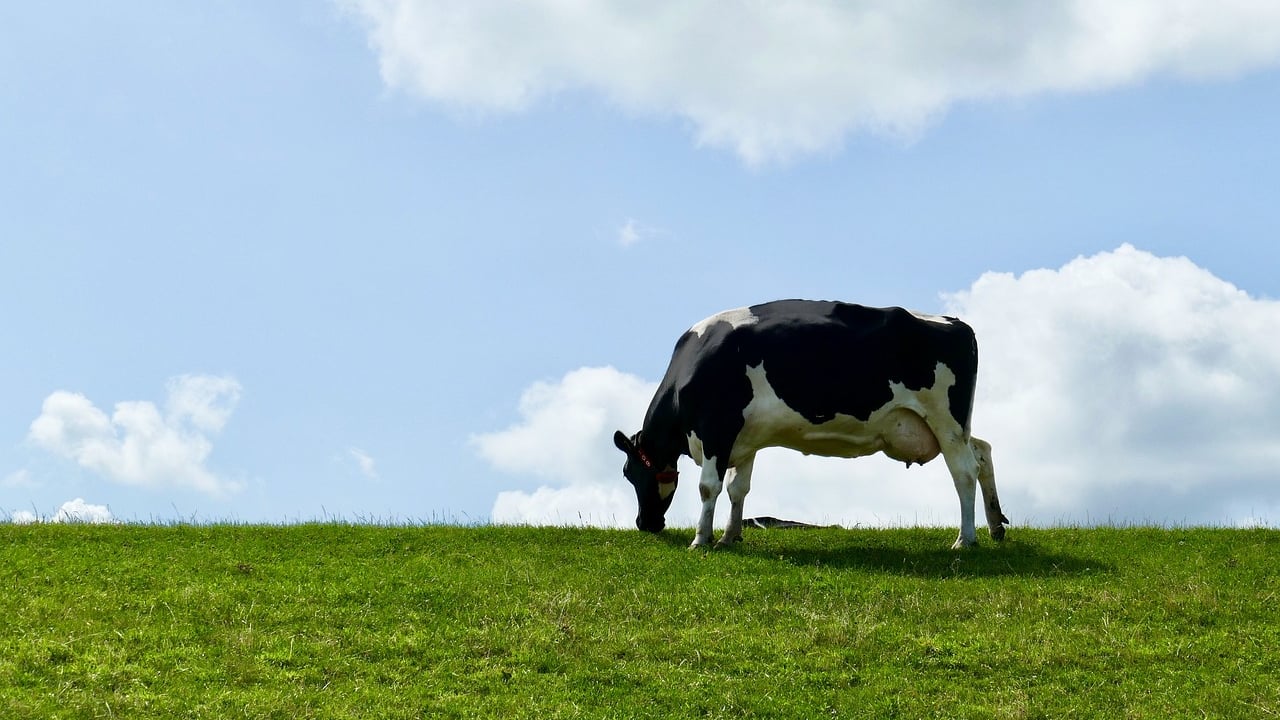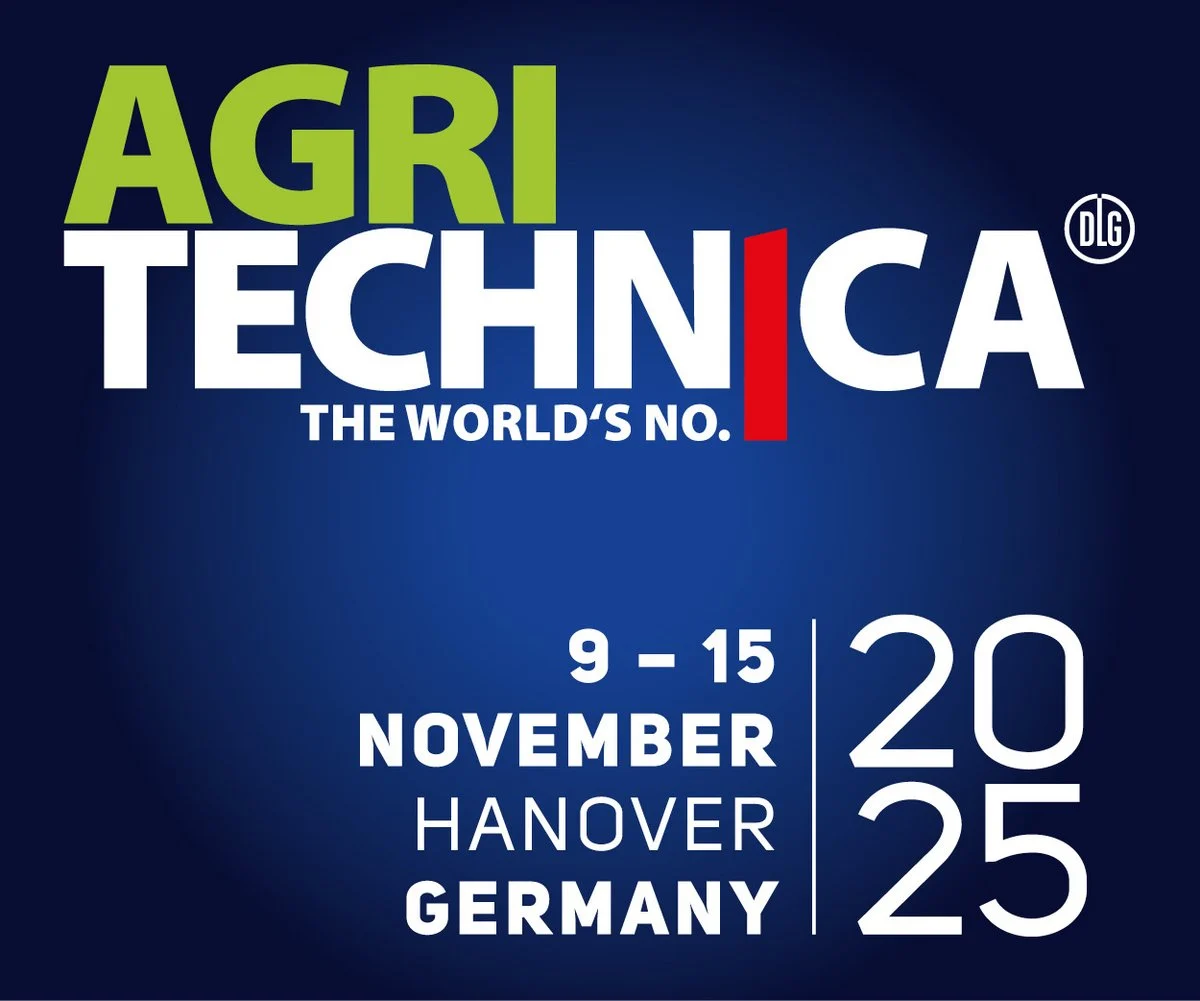Sponsored Article

Sponsored Article
Real profits start after 3rd lactation - are your cows making it?
Sponsored Article

Are you aware that the real profits begin after the third lactation? Research shows that it typically takes two lactations for a cow to break even, five to reach peak production, and eight to nine lactations to maximise economic returns (Pinedo et al., 2014; CRV, 2022).
Despite this, the average UK dairy cow is culled after just 3.6 lactations — well before she realises her full productive potential. (Hanks, J. and Kossaibati, 2023).
In other words, the longer a cow stays in the herd, the more profitable she becomes. However, many cows are culled prematurely due to issues like poor fertility, udder health problems, and lameness - preventing them from reaching their most productive years (see Fig. 1).

Figure 1. Predicted yield (kg) and cumulative profit (£) at the end of lactation 0 (heifer about to enter the herd) to seven for a healthy animal yielding 9,000kg in the third lactation.
Yield continues to increase until lactation 4-5, beyond which it slowly dips (adapted from Mellado et al., 2011).
The most significant profit growth happens after the third lactation. Assumptions: Milk price 40p/kg; cow costs £5/day (to feed & keep).
Every time a cow exits the herd prematurely, the farm incurs the cost of replacing her, along with lost production. Furthermore, frequent herd turnover contributes to an increased carbon footprint, making sustainability even harder to achieve.
So, what can farmers do to overcome these hurdles? According to herd longevity specialists AHV, the AHV Transition and Uterine Herd Health Programme offers a simple and effective solution.
AHV UK and Ireland veterinary technical manager, Dr. Jan Van Dijk, explained: “Cows that successfully navigate the transition period - three weeks before through to three weeks post-calving - go on to be healthier, more fertile, and produce more milk over their lifetime.
"That’s why we developed the AHV Transition and Uterine Herd Health Programme - to support cows through this critical time.”
Key to the programme’s success is its focus on energy and mineral balance, uterine hygiene, and cow recovery, starting with preparing her for the upcoming metabolic changes as she approaches calving.
Dr. Van Dijk continued: “Calving suppresses a cow’s appetite, delaying recovery and reducing milk production in early lactation.
"The AHV programme boosts energy and mineral supply and metabolism to promote better feed intake, helping cows recover faster and produce more milk.”
A cow that eats well, and has her liver and rumen optimally set up to deal with nutrients, recovers faster, which is key to setting the foundation for high milk yields in future lactations.
Post-calving uterine health is another critical factor addressed by the AHV Transition and Uterine Health Programme.
More than 80% of cows face bacterial challenges in the uterus after calving (Sheldon IM, Williams EJ, Miller AN, Nash DM, Herath S. Vet J. 2008) - this drains energy and impairs fertility.
Dr. Van Dijk said: “Our programme helps cleanse the uterus, allowing cows to channel their energy into recovery and milk production instead of battling infection. This results in improved long-term fertility and overall productivity.”
Cow comfort, while often overlooked, also plays a vital role. Comfortable cows are more likely to get back on their feet, eat, and regain strength quickly, which leads to better overall health.
By reducing post-calving stress and discomfort, the AHV approach promotes recovery, enhancing both fertility and productivity in the early weeks of lactation.
In the long run, the AHV Transition and Uterine Health Programme empowers farmers to retain more cows beyond the pivotal third lactation, when cows start delivering their highest returns.
Healthier cows experience improved fertility, shorter open periods, and higher first-service conception rates across the herd. This results in reduced breeding costs, fewer inseminations, and, crucially, fewer complications around calving.
“Healthier cows lead to higher-performing herds, with fewer replacements needed and more surplus stock to sell. The result is a more stable, higher-performing herd with a much-reduced carbon footprint," he continued.
So, how many cows in your herd will make it to their fourth lactation? With the AHV Transition and Uterine Herd Health Programme, the answer could be “more than ever before".
Get started today! Call us on +353 5786 88858 or email [email protected] and we’ll connect you with a local AHV consultant in your area. Alternatively, to learn more and request a callback, click here.
Sponsored Article








